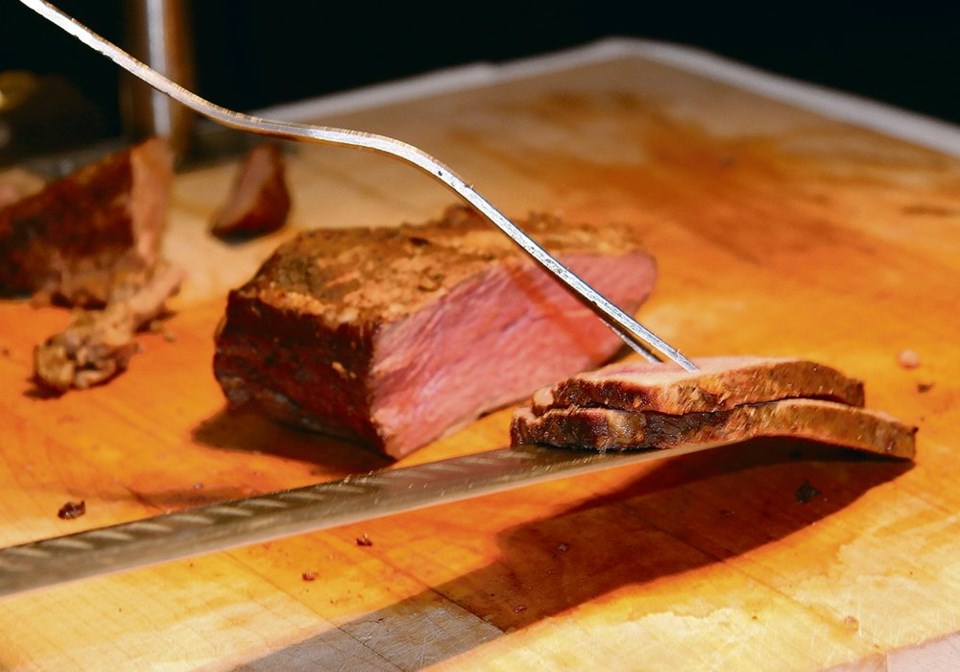WESTERN PRODUCER — American beef processor Tyson Foods’ stock price took a hit recently following a pandemic-driven boom of the last few years that saw the company’s share price reach an all-time high earlier in the year.
Brenna Grant, executive director of Canfax, said beef processors’ margins will likely tighten as the effect of shrinking inventories becomes apparent.
Canadian consumer beef prices peaked in March and have since dropped by about nine percent.
“The drop has really come from your high-end, middle meats — beef strip loin, rib cuts.”
She said consumers tend to seek out cheaper cuts of meat during recessions and price inflation periods.
While consumers may be forgoing choice steak products, Grant said beef demand continues to be strong, especially with less expensive cuts.
“Those items have all actually increased in price since March,” she said.
Beef supply is forecast to tighten in the coming months and that should keep cattle prices strong, she said, while packing plant margins will likely shrink.
Retail margins have already declined during the last two years to try to keep consumer prices low. Grant expects packers will need to bid higher for cattle as supply becomes more scarce.
“Packing plants have had extraordinary margins in the last two years and so there is definitely room for that margin to be reduced and to have more spread out through the supply chain,” she said.
Cattle inventories in the United States have been on a downward trajectory since 2019. Combined with drought in many western states, that has led to forecasts that the American cattle herd will continue to shrink.
Grant said the drought situation in the U.S. this year as well as the same issues across Western Canada last year have masked some underlying problems with declining inventories.
“We actually have at least another two years of smaller supplies coming forward, which means we are going to continue to see those tight supplies and that there needs to be higher prices for cattle,” she said.
As for the demand forecast for high-end cuts of beef that is taking a hit in Canada, Grant said the international market for premium products continues to be strong.
“That’s expected to continue. That means our domestic consumers need to compete with the international consumer if they want to eat beef,” she said.
There may be some softening in retail beef demand domestically but Grant highlighted that comes on the tail of historic highs in Canadians eating beef products.
“Whether you are a feedlot or a cow-calf guy, the biggest challenge over the next two years with higher cattle prices is controlling the cost side of things in terms of feed price and hay costs,” she said. “Anything they can do on that side will be supportive of margins.”

